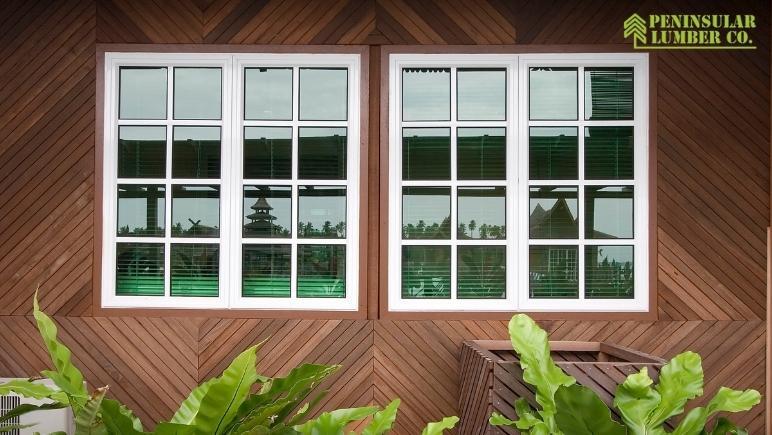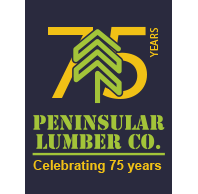How long can you expect pressure-treated wood to last?
When it comes to outdoor wood projects, pressure-treated wood is one of the best materials to use since it can resist rot and insect damage. In addition, its durability and longevity easily make it the go-to choose for decks and framing, especially since these projects are big investments.
If you plan to build any of these soon, you might be curious to know how long pressure-treated wood lasts. Read on to learn more about its longevity and the different factors that can affect how long your wood stays sturdy. The information below should help you build your wood deck or any similar project.
How Long Does Pressure-Treated Lumber Last?
So, how long does pressure-treated wood last? Generally, pressure-treated wood lasts longer than regular lumber due to the chemical preservatives added to make the wood more resistant to external elements. Proper maintenance can help lumber last anywhere from nine to 40 years, making it worth the investment.
Factors Affecting the Longevity of Pressure-Treated Wood
Of course, like any other type of lumber, the longevity of pressure-treated wood will depend on different things.
Here are some of the key factors that will affect its lifespan and resistance:
Chemical Preservatives
Pressure-treated wood may contain different chemical preservatives, and the composition can affect how long the wood lasts.
- Heavy-Duty Use – Chromated copper arsenate (CCA) used to be the industry standard. However, it is now mostly used for agricultural, commercial, and industrial applications due to health and environmental concerns. These include heavy-duty projects like shingles, foundation support beams, posts, shakes, and others.
- Lighter-Duty Use – For lighter-duty use, including residential applications, you can find wood treated with a range of chemical preservatives. The most common ones are copper azole (CA) and alkaline copper quaternary (ACQ), both copper-based preservatives.
Project Type
Where do you plan to use your wood? The answer will affect the ideal level of pressure treatment needed to keep your wood resistant to different stresses and elements. To ensure that your wood lasts a long time, you should find the right category to match your intended application.
When shopping for pressure-treated wood, you should find them tagged with a specific label to indicate where you should use the wood. It is based on the American Wood Preservers Association’s (AWPA) 12-tier use categories.
Here is what each label stands for:
- UC1 – Dry interior use
- UC2 – Damp interior use
- UC3A – Above ground and protected areas
- UC3B – Above ground and exposed areas
- UC4A – General use with ground contact
- UC4B – Heavy-duty use with ground contact
Aside from these, you will also find UC5 categories for saltwater marine use and UCF categories for ground fire protection.
Wood Species
Certain types of wood are more suitable for pressure treatment than others since they absorb the chemicals more effectively. Most pressure-treated lumber use pine, fir, and spruce. For example, Douglas fir and Southern yellow pine are popular for decking projects since they are strong and have thick sapwood, allowing for better absorption.
Climate
The climate conditions in your area can also affect how long your wood lasts. For example, if you live in areas with tropical climates or high humidity, you should opt for wood treated for ground contact or even heavy-duty ground contact. They have higher retention levels than wood treated for above-ground use, so they provide more protection to wood constantly exposed to moisture.
Tips to Maintain Your Pressure-Treated Wood
Aside from the factors listed above, maintenance is another key element that will affect your wood’s lifespan. While pressure-treated lumber is highly resistant to the elements, it will still rot over time. So, here are tips to help you maintain your wood to maximize your investment.
Initial Maintenance
After building your pressure-treated project, you should take these preventive maintenance measures to keep your wood durable:
- Use a cleaning or brightening product with mildewcide
- Apply a sealant with a water repellent and UV stabilizer
Once you finish the initial steps, you should redo the steps after 12 months for your first-year maintenance. It involves re-applying your cleaner or brightener and sealant to ensure that your project has a solid foundation.
Sealing or Staining
Sealing or staining your wood regularly can help prevent defects like shrinking, swelling, twisting, warping, and others by reducing water movement.
To determine if you need to reseal or restrain your wood, pour some water, and see what happens. A sign that your sealant has already worn off is if the wood starts absorbing the water after a while. When this happens, you need to apply a new coat. Generally, you should reseal your deck once every two years to maintain the wood.
UV Protection
The sun’s UV rays can cause your wood to fade over time. If you want to maintain its original color for a long time, you should clean your deck regularly and use a water-repellent finish that contains a UV stabilizer. You can also re-apply the stabilizer from time to time to maximize the UV protection on your wood.
Mold and Mildew
Mold and mildew are other common concerns with treated wood since it is often exposed to humidity and moisture. One way to prevent their growth is to use a cleaner containing a mildewcide to prevent health concerns from arising.
Overall, by maintaining your pressure-treated project carefully, you can expect it to last you years and decades. What you don’t want is to invest in expensive treated lumber, only to find rotted wood after a few years.
Find the Right Pressure-Treated Wood from Professionals
Overall, pressure-treated wood will last longer than untreated wood, but many factors can affect the material’s exact lifespan. If you want to use this for your outdoor project but need help choosing the right type, Peninsular Lumber can help you. We are a one-stop shop for lumber with a large selection of treated wood to cater to your requirements.
We can surely assist you with whatever you are looking for. Call our lumber company in Tampa today at 813-875-8805 to get in touch with our team for all your lumber needs. Let us know what you have in mind, and our team will give you professional recommendations.



